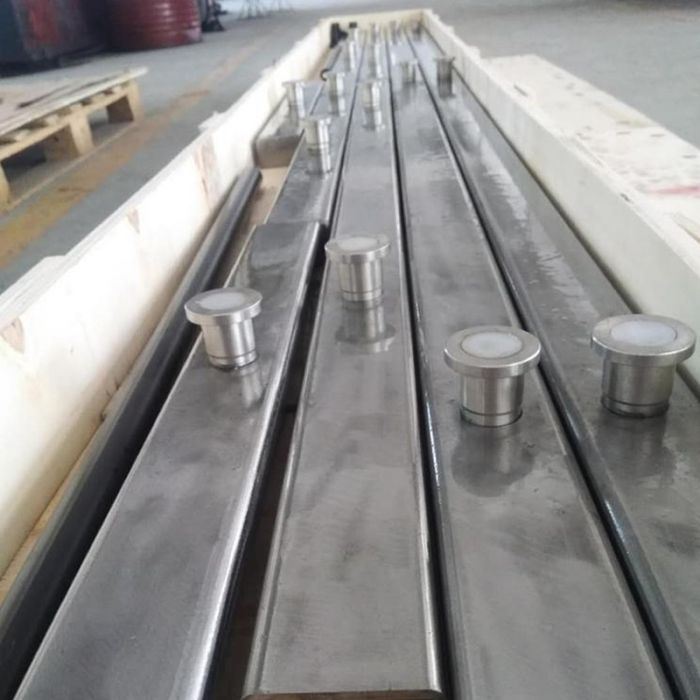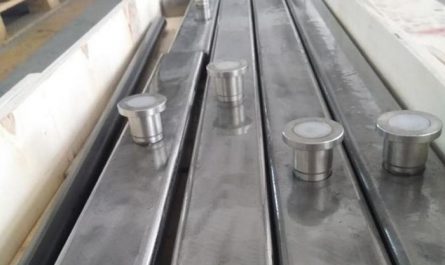Click Jingyuan to pay attention to our ancient Chinese architectural art, which has a long history.
The overall framework is mainly brick, wood and stone.
Craftsmen carry out artistic processing according to the architectural structure.
From the foundation to the roof, from the inside to the outside, from components to the whole, we can see the charm of artistic decoration.
In this issue, let’s take stock of the components of Chinese ancient buildings.
What are their charms? Tenon mortise mortise mortise mortise mortise mortise mortise mortise mortise mortise mortise mortise mortise mortise mortise mortise mortise mortise mortise mortise mortise mortise mortise mortise mortise mortise mortise mortise mortise mortise mortise mortise mortise mortise mortise mortise mortise mortise mortise mortise mortise mortise mortise mortise mortise mortise mortise mortise mortise mortise mortise mort.
The application of mortise and tenon technology comes from the wood itself.
The elasticity of wood will be combined more and more closely in long-term use, which can achieve good seismic effect.
At that time, there were very obvious design and application projects.
Beam column Chinese ancient architecture takes wood, brick and tile as the main building materials, and beam column structure is an important part of roof truss.
The joints between various components are matched with mortise and tenon to form an elastic frame.
They jointly support the weight of the building.
Each component has a specific decorative method to adapt to it.
If the roof is compared to a living person, the beams and columns are its tough bones, the truss is the strong muscle attached to the beams and columns, and the bucket arch belongs to the sensitive nerve of the living body.
This image description is the best interpretation of the important components of ancient houses.
The ancients said that “the house takes the door as the crown belt”.
The door is the place where a family can breathe in and is an indispensable part of Chinese traditional ancient architecture.
The door is the symbol of ancient social status and official rank, and the shape of the door also reflects the strict hierarchy.
The portals of old houses highlight the long history of ancient architectural culture and the wisdom of our ancient craftsmen.
The components of the gate of ancient buildings are generally composed of door frame, door head, door leaf, door hairpin, door pier, door ring, door nail, etc.
Caisson craftsmen in ancient China integrated the historical civilization of China, the distinguished dignity of the royal family and the beautiful longing for nature into the beautiful wooden components of the dome, and developed the Chinese caisson art to the extreme.
With the development of architectural technology and society, the caisson structure in ancient Chinese architecture has experienced an evolution process from simple to complex and gorgeous.
The process of caisson is very complex, which is made of mortise and tenon and bucket arch.
Various beams and purlins are interspersed to form caisson, which is considered to be a complicated decoration technology of Chinese wood architecture.
Ch í t ó u, one of the traditional building components in China, is commonly known as “leg” or “horse head”.
It is commonly used for carving decoration in ancient buildings in the north and is one of the key parts of wall facade decoration.
Tracing back to the emergence of long head should be accompanied by the emergence of hard gables.
Most of the front of the house with hard mountain roof are doors and windows.
The long head is on both sides of the front of the house.
It is the most prominent part of the front of the gable.
Although the area is small, the location is very important.
The production of plaque is the product of the development of Chinese civilization for thousands of years, with distinctive Chinese cultural characteristics.
In history, there was a grand occasion of “plaque everywhere” and “plaque everywhere”.
With concise poetry, exquisite calligraphy and far-reaching implication, the plaque integrates Ci Fu Poetry, calligraphy, seal cutting and architectural art in Chinese traditional culture, integrates characters, printing, carving and color, tells the history of thousands of years, and is called “the soul of ancient architecture”.
The art at the corner of ancient buildings, those lifelike and vivid characters – horn God and Impatiens rider.
Jiaoshen is an artistic component of the Dougong in ancient architecture.
It is located on the corner Dougong, supported by a flat bucket, and its top supports the corner beam.
Its shape is like that of the Song Dynasty’s “construction method”, which says: “if the treasure God or the treasure bottle”, that is, the “treasure bottle” image and the half squatting human image are called “horn God”, and the Qing style architecture is generally called “treasure bottle”.
Horn God is a very insignificant one, because this component is not found in every group of paving layers due to its special nature and location.
Hanging fish and grass catching hanging fish hang on the main ridge and are mostly carved from wood materials.
They are also called hanging fish because they are initially fish shaped and hang from the top of the mountain.
Pistachio is located symmetrically on both sides of the hanging fish.
The amount of pistachio is small.
The pattern case and carving process are relatively simple, and most of them are triangular moire.
As the typical decorative symbols of traditional Chinese architecture, fish hanging and grass stirring can not affect the structure of the building, but they make the transition between gables and eaves more natural, simple but not crude, and the patterns are complex but not vulgar, showing the beauty of exquisite and scattered, implicit and restrained.
Looking column, also known as railing column, as the name suggests, is the looking column.
It is the railing column in China’s ancient buildings and the column between the railing plates.
Hope column is an elegant name for it in ancient times.
At the same time, it also gives various shapes and representative meanings to railing columns.
The pillar is made of wood and stone, which is divided into two parts: the body and the capital.
The column body is relatively simple, and most of them are only made into square stone columns.
The section of the column body is mostly octagonal in the Song Dynasty and quadrangular in the Qing Dynasty.
The column body is often carved with patterns such as Tenglong, Xiangfeng, spray and auspicious cloud.
Welcome to the report of contemporary landscape architecture focusing on the origin and tradition..


